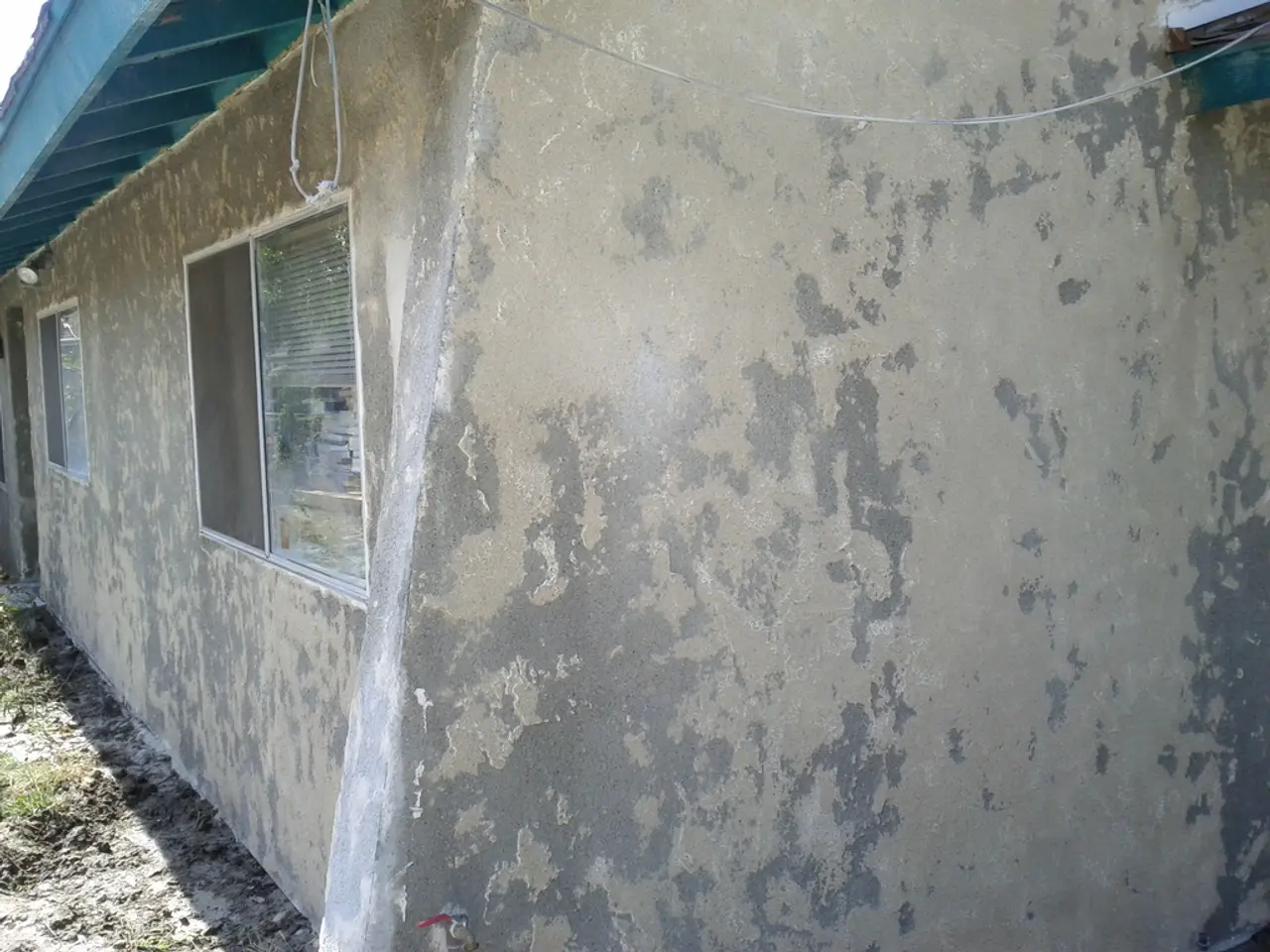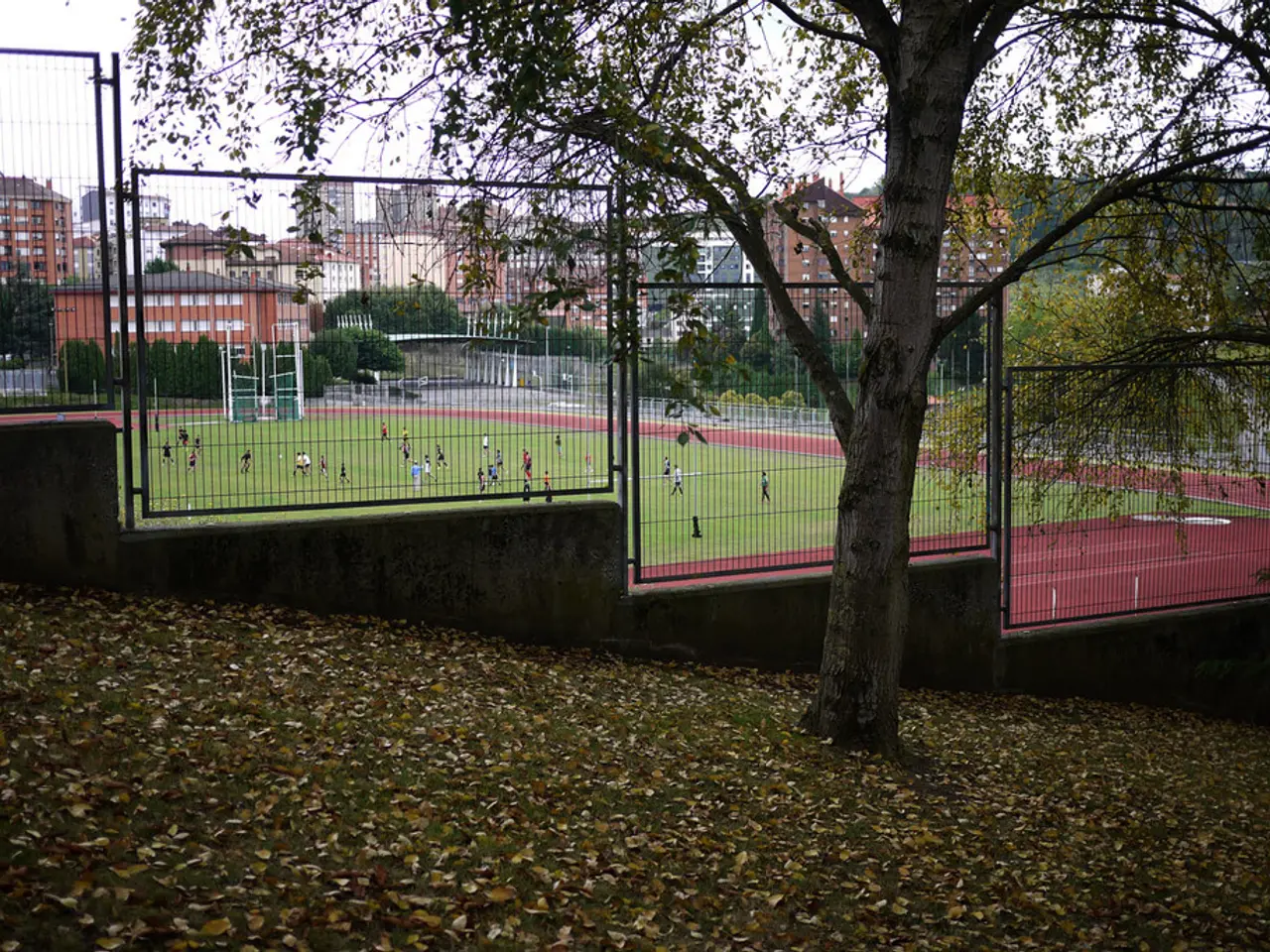Transforming Attic Spaces with Creative Attic Insulation Innovations
======================================================================================
In the bustling city of Los Angeles, attic conversions have become a popular trend as homeowners seek to expand their living spaces. When it comes to insulation, choosing the right material is crucial for comfort, energy efficiency, and acoustic qualities. Here are the top insulation options for converting an attic into a livable, creative space in Los Angeles.
Spray Foam Insulation: A Versatile Choice for Finished Attics
Spray foam insulation, available in both open-cell and closed-cell varieties, offers numerous benefits for attic conversions. Its high R-value per inch, excellent air sealing, moisture barrier properties, and structural support make it an ideal choice for finished attics, especially those with metal roofing. Closed-cell spray foam also helps control condensation under the roof, ensuring a comfortable living environment.
Dense-Pack Cellulose: Eco-Friendly and Soundproofing
Dense-pack cellulose insulation, made from recycled paper products, is an eco-friendly option that fills wall or attic cavities well without major remodeling. It offers good soundproofing and can boost energy efficiency while controlling temperature, making it particularly suitable for older homes and retrofit attics. However, it is essential to ensure proper installation to prevent settling.
Blown-In Fiberglass: An Affordable Option for Standard Attics
Blown-in fiberglass insulation provides good coverage and is an affordable option that meets or exceeds energy efficiency standards. It is suitable for attics and is widely available. While it offers good thermal performance, it can sag or compress over time, resulting in reduced insulation efficiency.
Ensuring Proper Installation in Los Angeles
To ensure proper installation in Los Angeles, consider the following:
- Hire a licensed and insured professional insulation contractor experienced with attic conversions. Ask about air sealing services, R-value recommendations, and how they handle signs of moisture or leaks.
- Seal all air leaks before insulating to prevent energy loss and moisture problems.
- Ensure proper ventilation with appropriate soffit and ridge vents, maintaining at least a 1-inch air space between roof sheathing and insulation to allow air flow and prevent condensation.
- If you have metal roofing or condensation concerns, apply at least 2 inches of closed-cell spray foam on the underside of the roof deck to manage moisture.
- Confirm that the insulation meets or exceeds Los Angeles climate zone requirements and local building codes, which emphasize R-values suitable for warm climates.
By following these steps, you can create a comfortable, energy-efficient, and creative livable space throughout the year.
In Summary
| Insulation Type | Pros | Cons | Best for | |---------------------|-----------------------------------|----------------------------|---------------------------------| | Spray foam (closed/open cell) | High R-value, air sealing, moisture barrier, structural support | Higher upfront cost, requires pro install | Finished attics, moisture control | | Dense-pack cellulose | Eco-friendly, soundproofing, fills cavities well | Can settle if improperly installed | Older homes, retrofit attics | | Blown-in fiberglass | Affordable, good coverage | Can sag/compress, less air sealing | Standard attic insulation |
Transforming an attic into a functional space involves several stages, including assessment, addressing air sealing and ventilation, selecting the appropriate insulation, installation, finishing touches, final inspection, and adjustment. Consulting local home insulation experts can ensure the best insulation for attic results tailored to specific needs. Innovative insulation solutions, such as eco-friendly materials and advanced techniques, continue to play a vital role in redefining home design and usability.
In the pursuit of creating a sustainable living space, by implementing eco-friendly interior-design choices like dense-pack cellulose insulation, homeowners in Los Angeles can contribute to sustainable-living practices while enhancing the soundproofing and energy efficiency of their home-and-garden, particularly in retrofit attics. To further support this lifestyle, it is crucial to consider insulation options that prioritize acoustic qualities, such as spray foam insulation, for a comfortable living environment within the converted attic space.




